Excerpted from End of Dieting: How to Live for Life* by Joel Fuhrman, MD. © 2014 HarperOne, reprinted by permission. Blueberries, raspberries, strawberries, and blackberries are vibrantly colored with antioxidant phytochemicals, and they are some of the highest antioxidant foods in existence. The deep red, blue, and purple pigments of berries are produced by anthocyanins, which are concentrated in the skins of the fruits.
Flavonoids are not merely antioxidants; they are thought to have a number of additional beneficial effects in the body that are unrelated to their antioxidant capacity. Several studies have shown that high flavonoid intake is associated with considerable risk reductions (up to 45 percent) for coronary heart disease. The plentiful antioxidant content of berries helps to reduce blood pressure and inflammation, to prevent DNA damage that leads to cancer, to protect the brain against oxidative damage, and to stimulate the body’s own antioxidant enzymes.
Ellagic acid, another antioxidant abundant in both berries and pomegranates, was found in the 1980s to block the formation of tumors, providing the initial evidence that these fruits were anticancer foods. Antioxidant activity contributes to protection against cancers, since oxidative damage of DNA can cause cancerous changes in cells. The antioxidant phytochemicals in berries and pomegranates also prevent carcinogens from binding DNA and promote DNA repair, which leads to a reduced likelihood of the initiation of cancer.
Berry and pomegranate extracts have slowed cell growth or caused cell death in cells from several different human cancer types. Like mushrooms, pomegranates and many berries also have antiangiogenic properties, inhibiting the blood supply to tumors and thus preventing them from receiving the nutrients they need to grow. Remember: Angiogenic inhibitors also inhibit fat storage in the body.
Like mushrooms, pomegranates are also one of the few foods that contain natural aromatase inhibitors—those substances that inhibit the production of estrogen, which can reduce breast cancer risk. Furthermore, one recent exciting study demonstrated the powerful anticancer effects of berries in patients with precancerous esophageal lesions. Each patient ate strawberries every day for six months. The results were amazing: Twenty-nine of the thirty-six study patients experienced a decrease in the histological grade of their lesions. In other words, the progression toward cancer began to reverse, and the risk of the lesions becoming cancerous decreased.
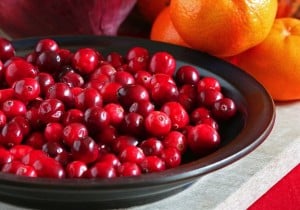 Can eating more fruit help you lose weight? Apparently so. Evidence is accumulating that the anthocyanins and polyphenols in berries and other fruits actually suppress the generation of new fatty acids by the liver and promote the degradation or breakdown of fat stores. Polyphenols, a complex mixture of many plant pigments, oppose and reduce hormones that facilitate fat storage while restoring the body’s normal fat-burning metabolism by altering the balance and presence of bacteria in the gut. They decrease the bacteria that promote fat storage and increase the bacteria that encourage a slim body. A high consumption of polyphenols leads to an increase in beneficial bacteria that interfere with the breakdown of complex carbohydrates into simple sugars, which also facilitates weight reduction.
Can eating more fruit help you lose weight? Apparently so. Evidence is accumulating that the anthocyanins and polyphenols in berries and other fruits actually suppress the generation of new fatty acids by the liver and promote the degradation or breakdown of fat stores. Polyphenols, a complex mixture of many plant pigments, oppose and reduce hormones that facilitate fat storage while restoring the body’s normal fat-burning metabolism by altering the balance and presence of bacteria in the gut. They decrease the bacteria that promote fat storage and increase the bacteria that encourage a slim body. A high consumption of polyphenols leads to an increase in beneficial bacteria that interfere with the breakdown of complex carbohydrates into simple sugars, which also facilitates weight reduction.
A 2011 study investigated berry consumption in relation to the risk of elevated blood pressure. Just one serving per week decreased the risk of hypertension by 10 percent. New findings published in 2013 from the Nurses’ Health Study support these results with data in younger women (age twenty-five to forty-two at the beginning of the study) who were followed for eighteen years. Having three or more weekly servings of blueberries or strawberries was linked to a 34 percent reduction in the risk of heart attack.
Berry flavonoids seem to act in several different ways to maintain heart health. In human subjects, for instance, researchers found that berries mitigated oxidative stress and decreased the oxidation of LDL, or “bad cholesterol,” which helps prevent the production of atherosclerotic plaque. Berry flavonoids were also found to increase the body’s blood antioxidant capacity and in some cases even improved lipid levels, blood pressure, and blood glucose levels.
Similarly, higher anthocyanin and berry intake is associated with reduced C-reactive protein, suggesting that berries may curb inflammation. Additional studies have confirmed that berries have anti-inflammatory properties. Berry phytochemicals also may enhance nitric oxide production in the blood vessels, which helps to properly regulate blood pressure. And berries are the only food documented in studies to prevent dementia in later life.
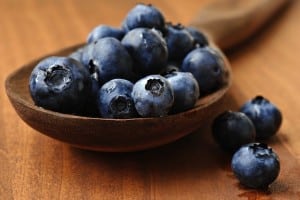 Even during winter, we can get our daily dose of anthocyanins from frozen berries. Fill your freezer with berries in the summer when you can buy them inexpensively right from the farm. Better yet, put some berry bushes in your yard. Include fresh and frozen berries in your diet as often as possible to enjoy these numerous health benefits. Berries and pomegranates have the highest nutrient-to-calorie ratio of all fruits, and they protect against cancer, heart disease, hypertension, diabetes, and dementia.
Even during winter, we can get our daily dose of anthocyanins from frozen berries. Fill your freezer with berries in the summer when you can buy them inexpensively right from the farm. Better yet, put some berry bushes in your yard. Include fresh and frozen berries in your diet as often as possible to enjoy these numerous health benefits. Berries and pomegranates have the highest nutrient-to-calorie ratio of all fruits, and they protect against cancer, heart disease, hypertension, diabetes, and dementia.
- For more tips on plant-based nutrition, make sure to browse VegKitchen’s Nutrition page.
*This post contains affiliate links. If the product is purchased by linking through this review, VegKitchen receives a modest commission, which helps maintain our site and helps it to continue growing!


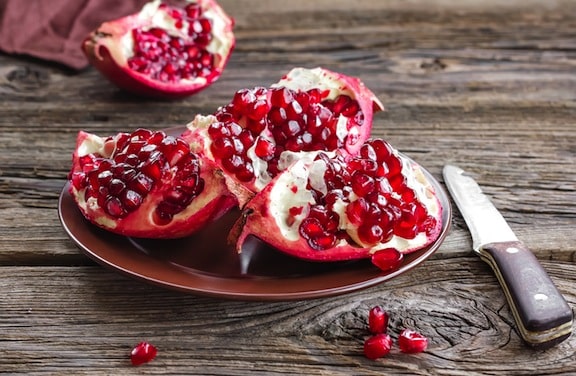

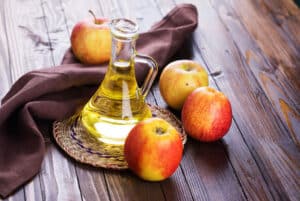
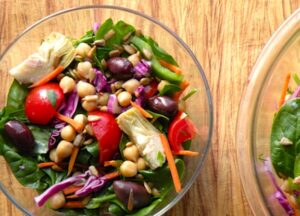
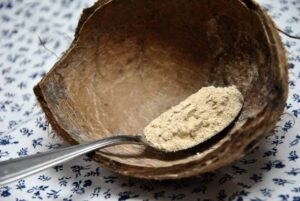
Mai says
What quantity in cups/grams of blueberries/anthocyanin-containing berries do you need to consume daily to prevent dementia?